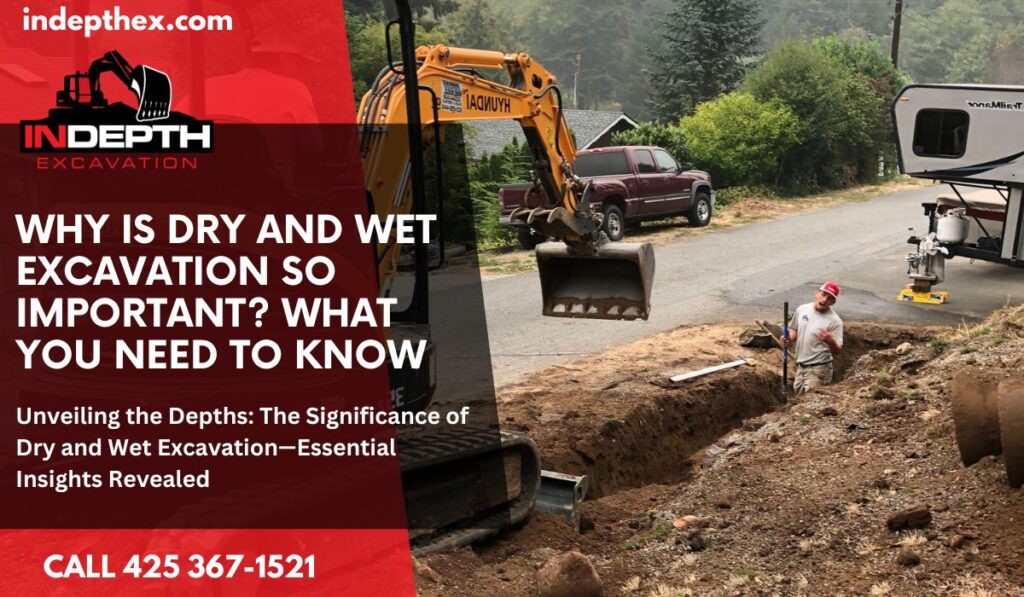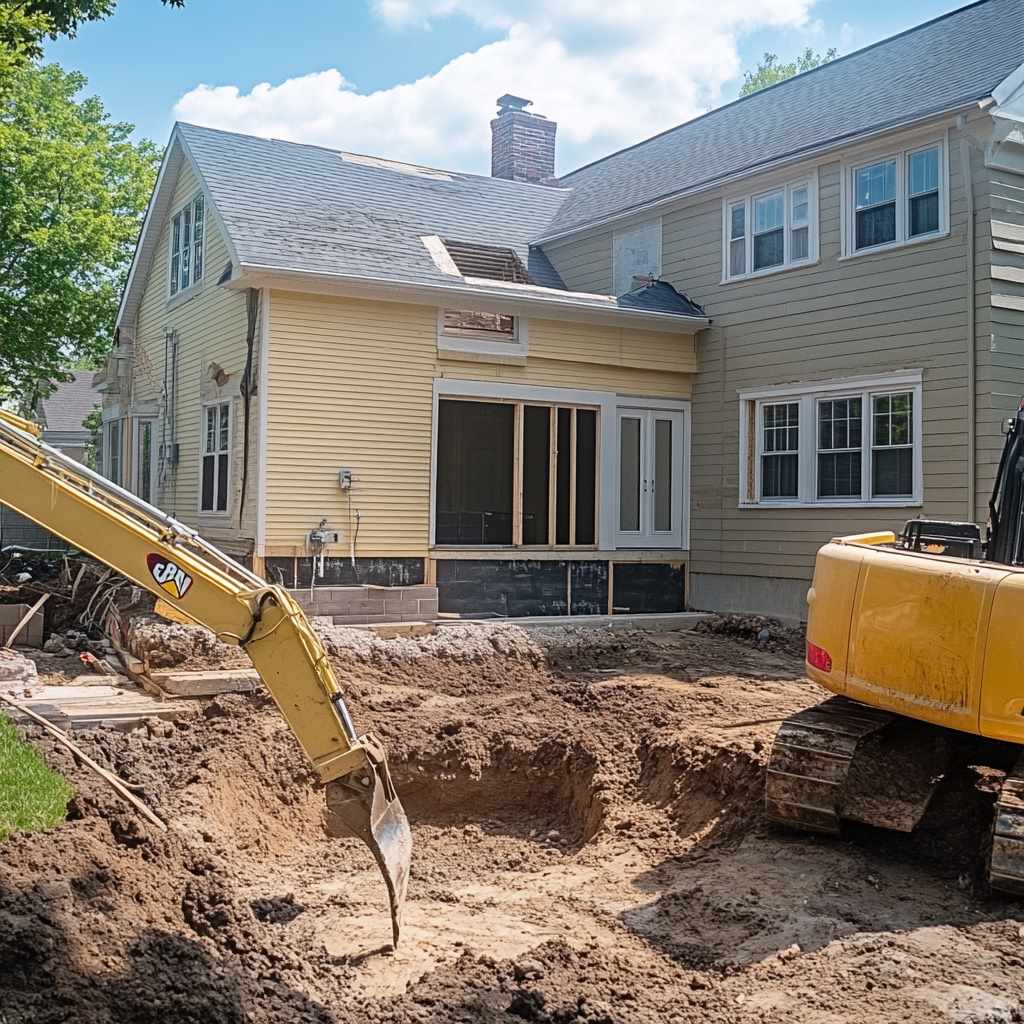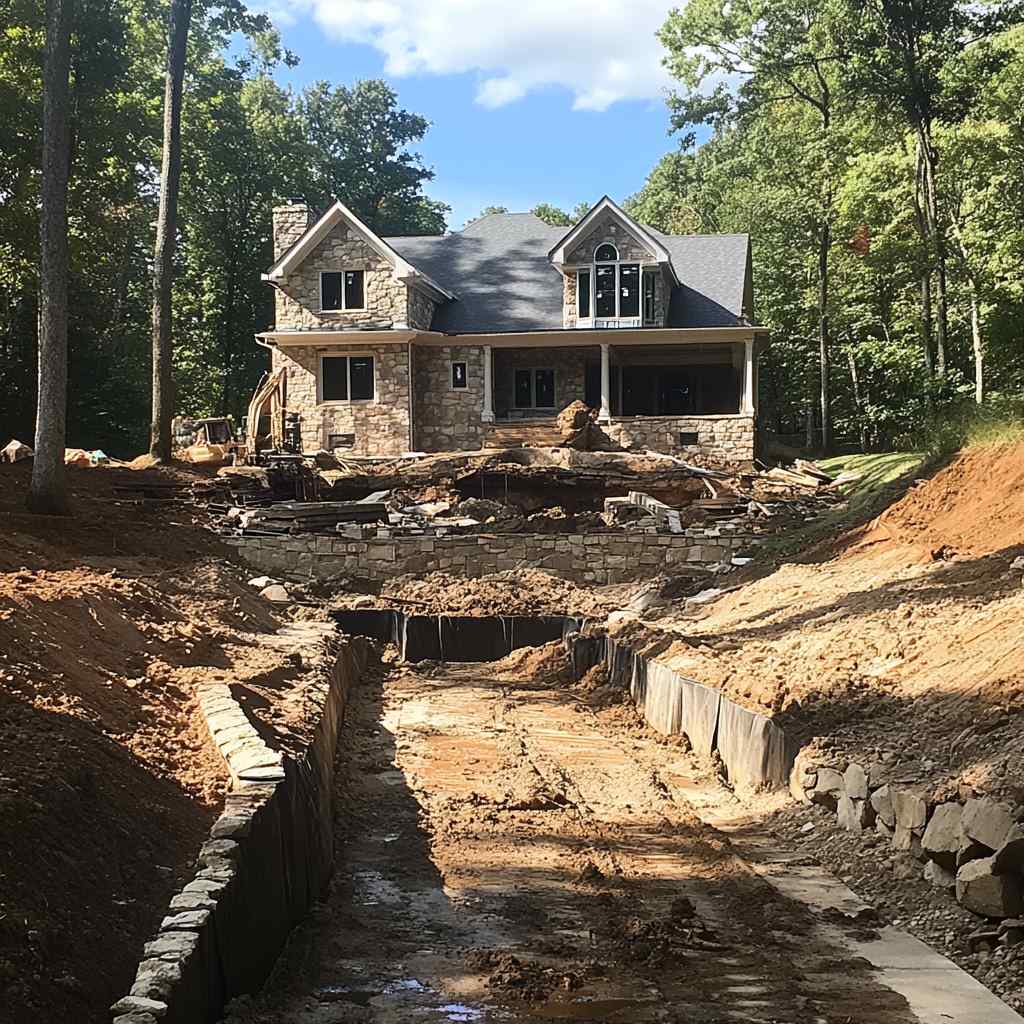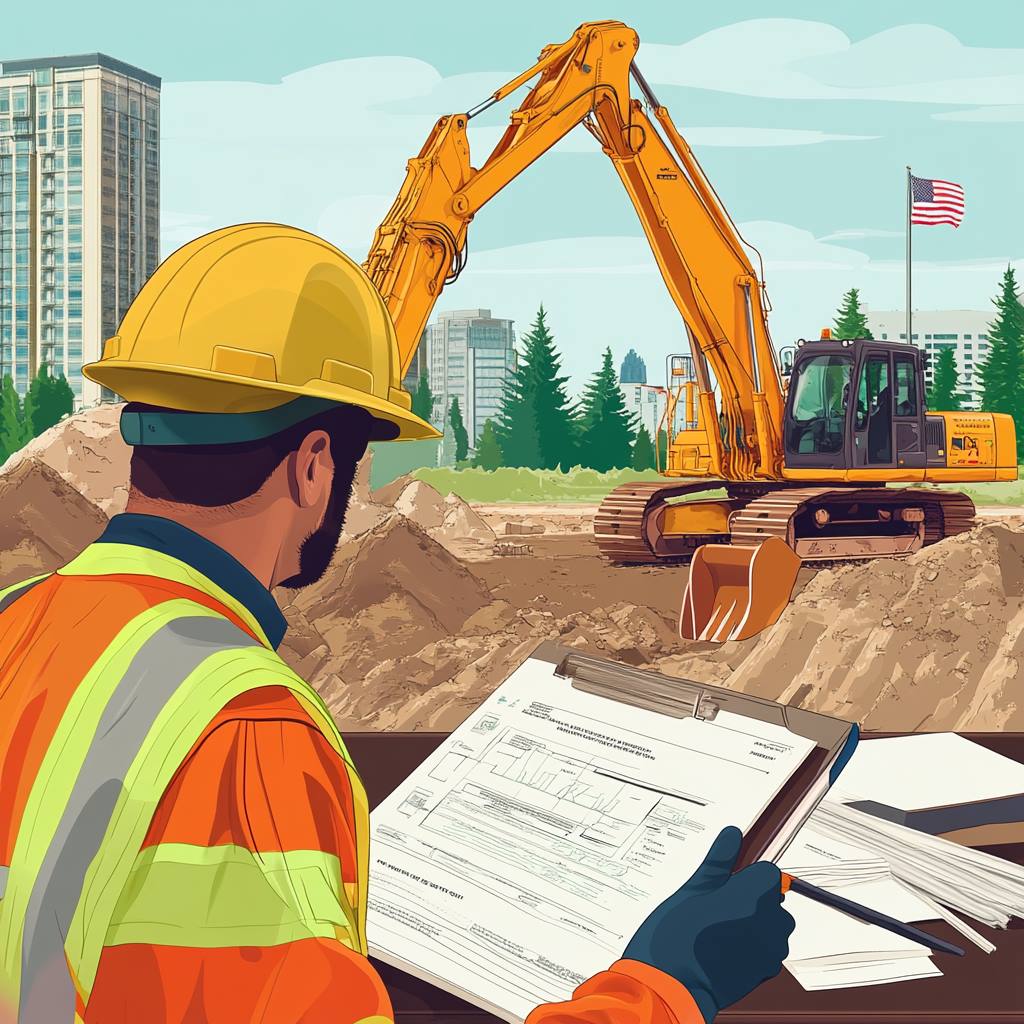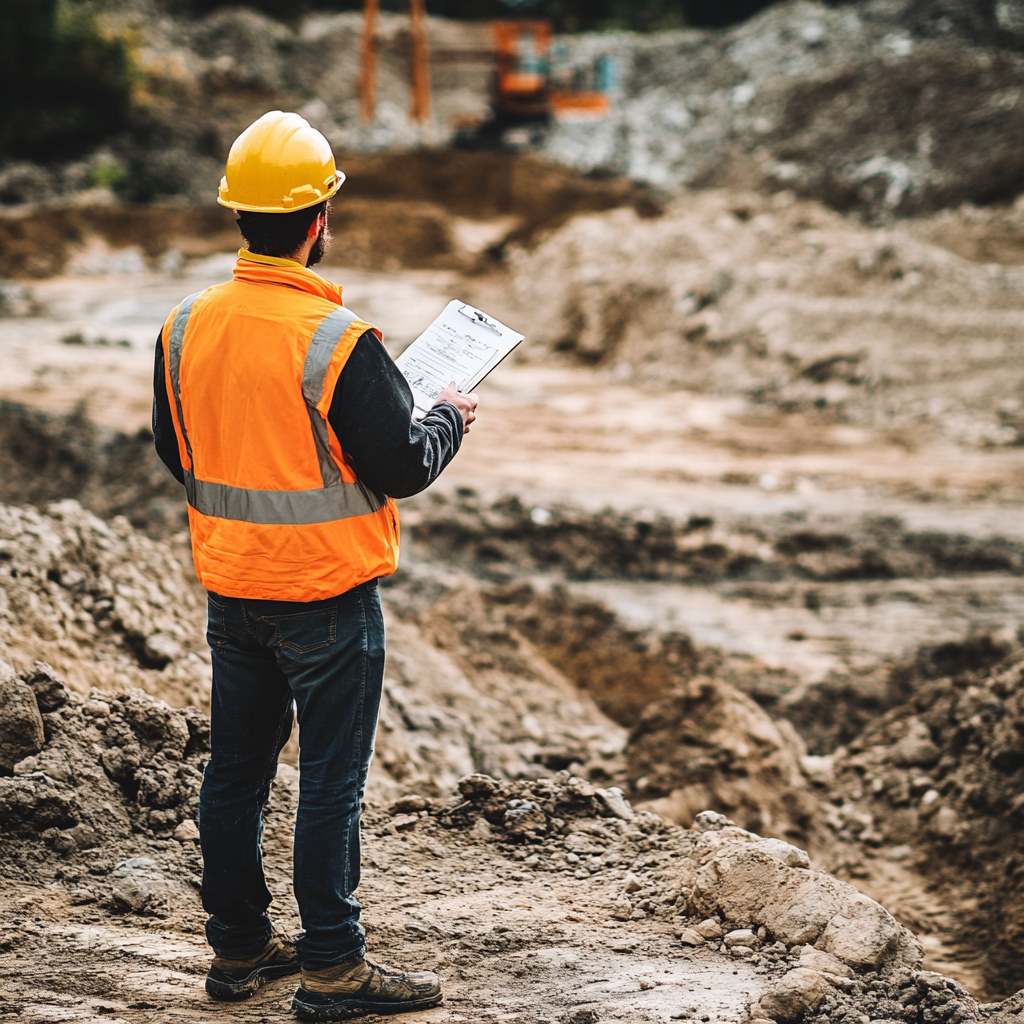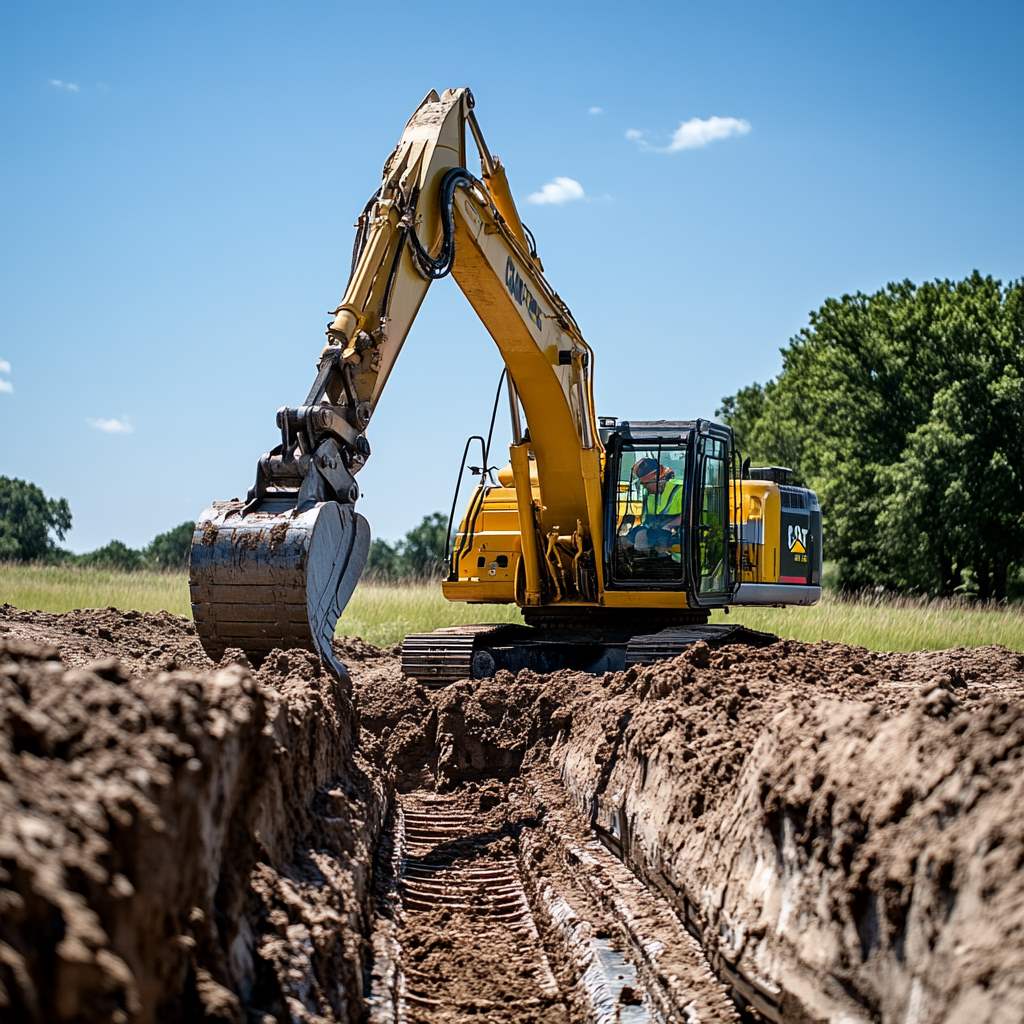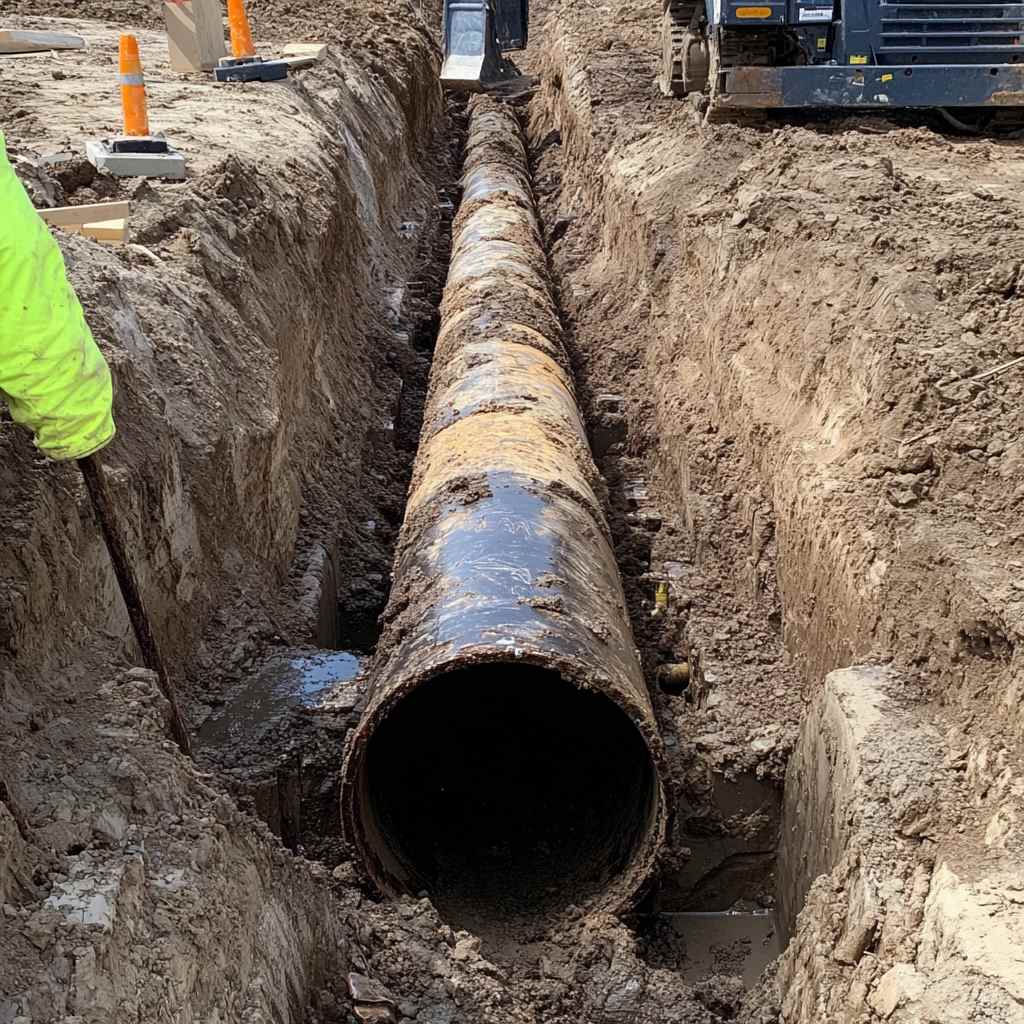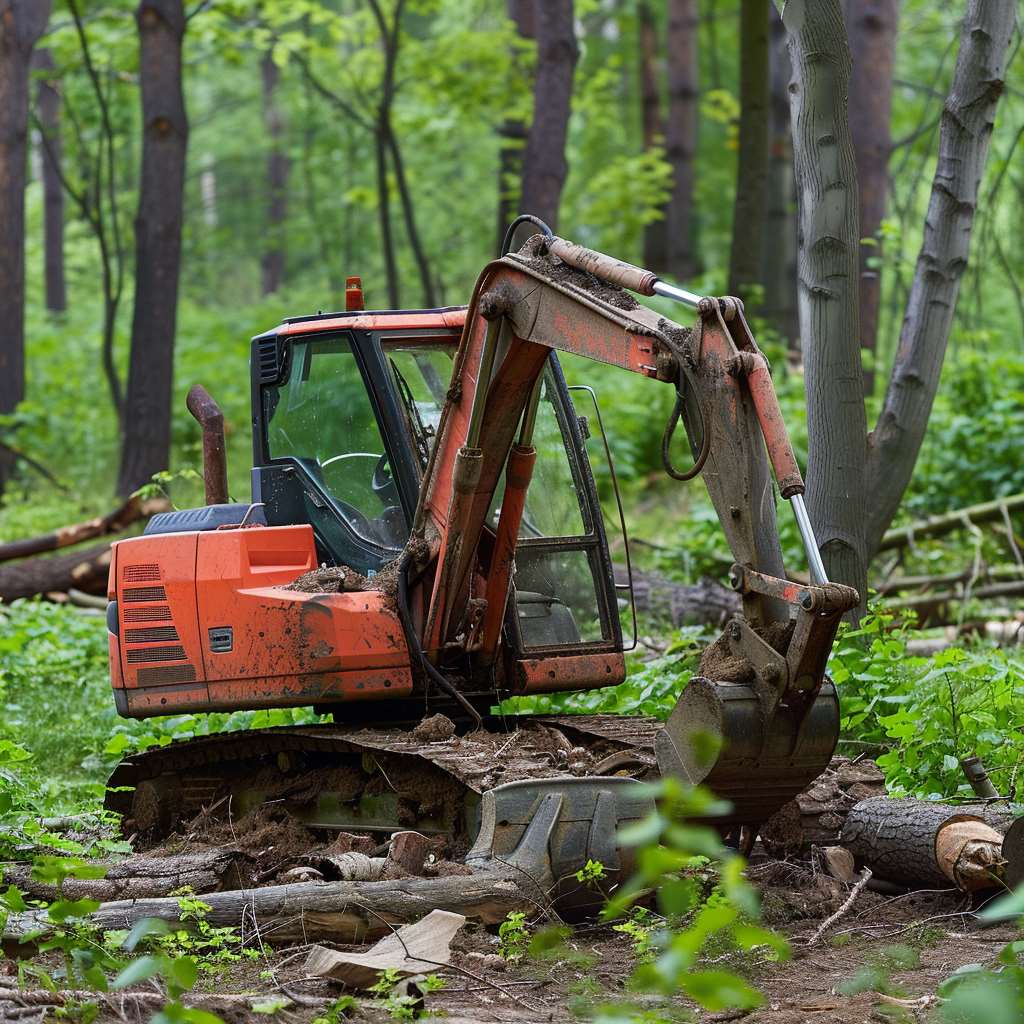
Why is Dry and Wet Excavation So Important? What You Need to Know
Giving you the benefits and knowledge for your next excavation project.
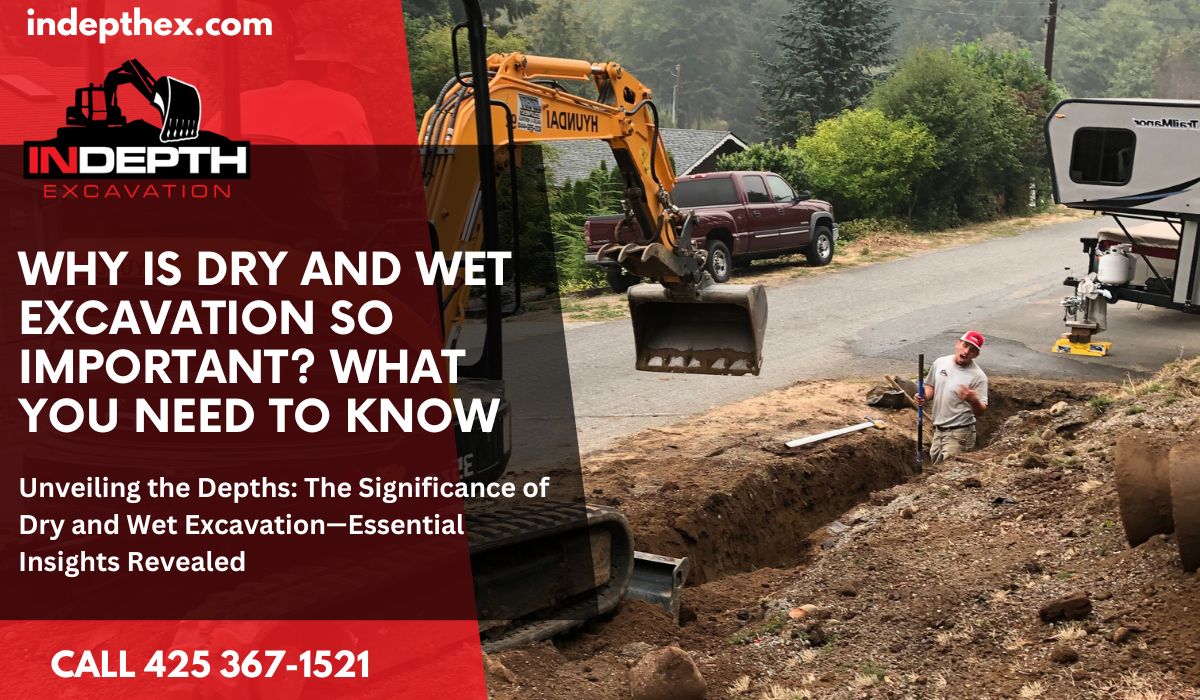
Dry and Wet Excavation Insights
Excavation is the starting point for almost every construction and civil engineering project. Whether you are building a home, installing utilities, or developing major infrastructure, properly preparing the ground is essential to the strength and success of the work that follows.
There are two main types of excavation that every project needs to account for: dry excavation and wet excavation. Each one fits different conditions and requires a different approach.
Dry excavation is used when the soil is stable and the work area is not affected by standing water or groundwater. This method is common on sites with good drainage and solid ground. Dry excavation usually moves faster and costs less because crews do not have to manage excess water.
Wet excavation comes into play when groundwater is present, the soil holds a lot of moisture, or the site is located near bodies of water. Special techniques and equipment are needed to keep the site safe, stable, and workable. Without proper handling, wet conditions can lead to erosion, instability, and safety risks.
In-Depth Excavation has the experience and equipment needed to handle both dry and wet excavation projects across Snohomish County. They understand how different conditions can affect a site and work carefully to deliver stable, lasting results for every project.
Understanding the difference between these two types of excavation is a big step toward making better decisions for your project.
What is Dry Excavation?
Dry excavation is the process of removing soil, rock, or other materials from a construction site without the need to manage water. It is one of the most common excavation methods and is typically used when the ground is stable and not affected by groundwater or surface water.
Heavy machinery like excavators, bulldozers, and loaders are brought in to handle the work. These machines cut, lift, and move the materials to clear the site efficiently.
The main goal of dry excavation is to create a stable, level surface for construction to begin. It can also be used to remove unwanted debris or reshape the land for better use. Since there are no additional challenges from water, dry excavation often moves faster and costs less compared to wet excavation methods.
Why is Dry Excavation Important?
Dry excavation plays a critical role in construction and civil engineering projects. Without it, building strong, lasting structures would be much more difficult.
Structural Integrity
A stable and level surface is the foundation for any successful construction project. Dry excavation helps prevent problems like uneven settling, which can cause cracks, shifts, or other structural issues over time. By starting with solid ground, builders can create safer, longer-lasting homes, buildings, and infrastructure.
Safety
Dry excavation also supports a safer work environment. By clearing away unstable soil, debris, or other hazardous materials early in the process, the job site becomes much safer for workers. Reducing risks from loose ground or hidden obstacles makes a big difference in keeping projects running smoothly. For more on this topic, you can find a detailed article about “How Can Excavation Hazards Be Prevented.“
Efficiency
Compared to wet excavation, dry excavation usually moves faster and with fewer complications. There is no need to pump out groundwater or reinforce against flooding, which saves both time and money. For projects with tight schedules or limited budgets, dry excavation offers a straightforward path to progress.
What is Wet Excavation?
Wet excavation, on the other hand, involves using water to loosen and remove soil, rock, or other materials from a construction site. This type of excavation uses various methods, including hydraulic excavation, slurry wall construction, or high-pressure water jets. Wet excavation is necessary in areas with high water tables or when excavating difficult materials using dry methods.
Why is Wet Excavation Important?
Environmental Protection: Wet excavation can help to minimize the environmental impact of construction projects by reducing dust emissions and preventing the spread of contaminants.
Stability in Challenging Conditions: Wet excavation can be an effective method for dealing with challenging soil conditions, such as clay or silt, which can be difficult to excavate using dry methods.
Water Management: Wet excavation can help to manage groundwater levels during construction, preventing issues such as flooding or the destabilization of surrounding structures.
Understanding the differences between dry and wet excavation, and knowing when to use each method, is crucial for the success of any construction or civil engineering project. Both methods have advantages and are essential for ensuring the structural integrity, safety, and environmental sustainability of the projects they support.
By carefully considering each project’s specific conditions and requirements, construction professionals can choose the most appropriate excavation method to optimize project outcomes and minimize potential risks. Here is a few reasons why Proper Excavation is very Important in Construction.
Technology Boosts Wet and Dry Excavation, Leading to Improved Construction Projects.
Technology has reshaped the way excavation is handled, making both wet and dry excavation projects more efficient, accurate, and safe. What once required manual labor and guesswork can now be planned, monitored, and executed with precision.
Here are some of the key ways technology has improved excavation work:
Surveying and Mapping
Advanced surveying tools like GPS and LiDAR have made construction site mapping far more accurate. GPS helps crews pinpoint exact locations and measure distances quickly, while LiDAR creates high-resolution 3D models of the ground. This eliminates the need for slower manual surveys and gives crews the detailed data they need for better excavation planning.
Excavation Equipment
Modern excavators, bulldozers, and backhoes now come with advanced control systems, built-in sensors, and telematics. These upgrades allow operators to dig with much greater accuracy. For example, computerized grade control systems help guide machines to precise depths and slopes, reducing mistakes and cutting down on the need for rework.
Drone Technology
Drones equipped with cameras and LiDAR sensors have become valuable tools for construction sites. They capture aerial images and generate 3D models that help teams plan projects, estimate volumes, and spot obstacles early. Drones also make it easier to monitor excavation progress without needing to walk the site, saving time and improving safety.
Virtual Design and Simulation
Building Information Modeling (BIM) software allows engineers to create detailed virtual models of a project before any digging starts. Excavation sequences can be planned, potential clashes spotted, and site layouts optimized. Using simulations helps reduce costly errors and delays during the real work.
Augmented Reality (AR)
AR technology overlays virtual designs directly onto the real-world site. This can help excavators see exactly where underground utilities are located, avoiding accidental damage. AR can also display design layouts on the ground itself, making it easier for crews to follow excavation plans with greater accuracy.
Machine Learning and Artificial Intelligence (AI)
AI and machine learning are becoming part of the excavation process too. These systems can quickly analyze massive amounts of data, recognize patterns, and predict risks before they happen. AI can also help detect underground utilities by reading data from ground-penetrating radar, improving both safety and efficiency.
Remote Monitoring and Control
Using Internet of Things (IoT) technology, excavation sites can now be remotely monitored in real-time. Sensors track vibrations, slope stability, and air quality, providing early warnings if something starts to go wrong. Remote monitoring allows project managers to act quickly, often preventing accidents before they happen.
Safety Enhancements
Technology has also boosted safety on excavation sites. Wearable devices like smart helmets and vests can monitor worker health, detect falls, or send real-time alerts. Automated systems can track excavation wall stability and other hazards, triggering alarms if dangerous conditions are detected.
Technology has transformed excavation from a risky, labor-intensive process into a streamlined, highly accurate operation. Projects today are safer, faster, and more cost-effective, giving construction companies and clients better outcomes with fewer setbacks.
If you are interested in learning even more about why excavation plays such a critical role in construction, check out “Why Excavation is So Important.”
In-Depth Excavation is your #1 excavation contractor.
For all your excavation needs in Snohomish, Marysville, Everett, Monroe, and surrounding areas of Snohomish County, contact In-Depth Excavation. We specialize in providing top-notch excavation services. Contact us today to discuss your project requirements.
We are ready to assist you with your excavation needs, regardless of whether it’s a sizable commercial venture, construction for a new home, or a home remodeling project. Don’t hesitate to reach out to us whenever you require our services. We are happy to arrange a complimentary estimate for you. Contact us at your convenience at (425) 367-1521.

